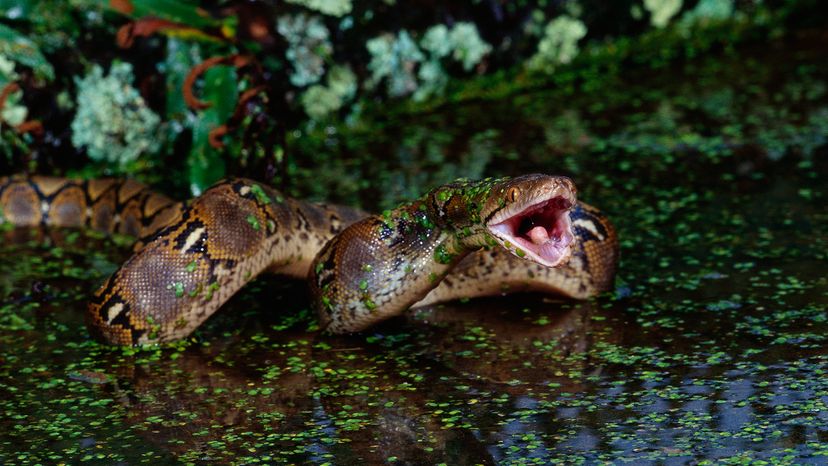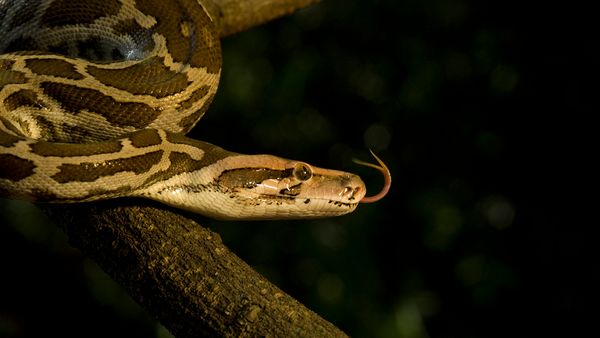
In the heart of Crestview, a picturesque Florida panhandle town nestled east of Pensacola, an astonishing resident lives within the confines of the Emerald Coast Zoo. Her name is Ginormica, and she's an awe-inspiring 200-pound (90.7-kilograms), 20-foot-long (6.1-meter-long) reticulated python.
The retic's remarkable size has positioned her as a potential candidate for the title of the longest captive snake ever documented. That honor is currently held by Medusa, a reticulated python under the care of Full Moon Productions Inc. in Kansas City, Missouri. Measured on Oct. 12, 2011, Medusa reached 25 feet, 2 inches (7.68 meters). Additionally, she currently holds the title of the "Longest Snake - Living (captivity)."
Advertisement
But this record-breaking length is par for the course when it comes to this species.


